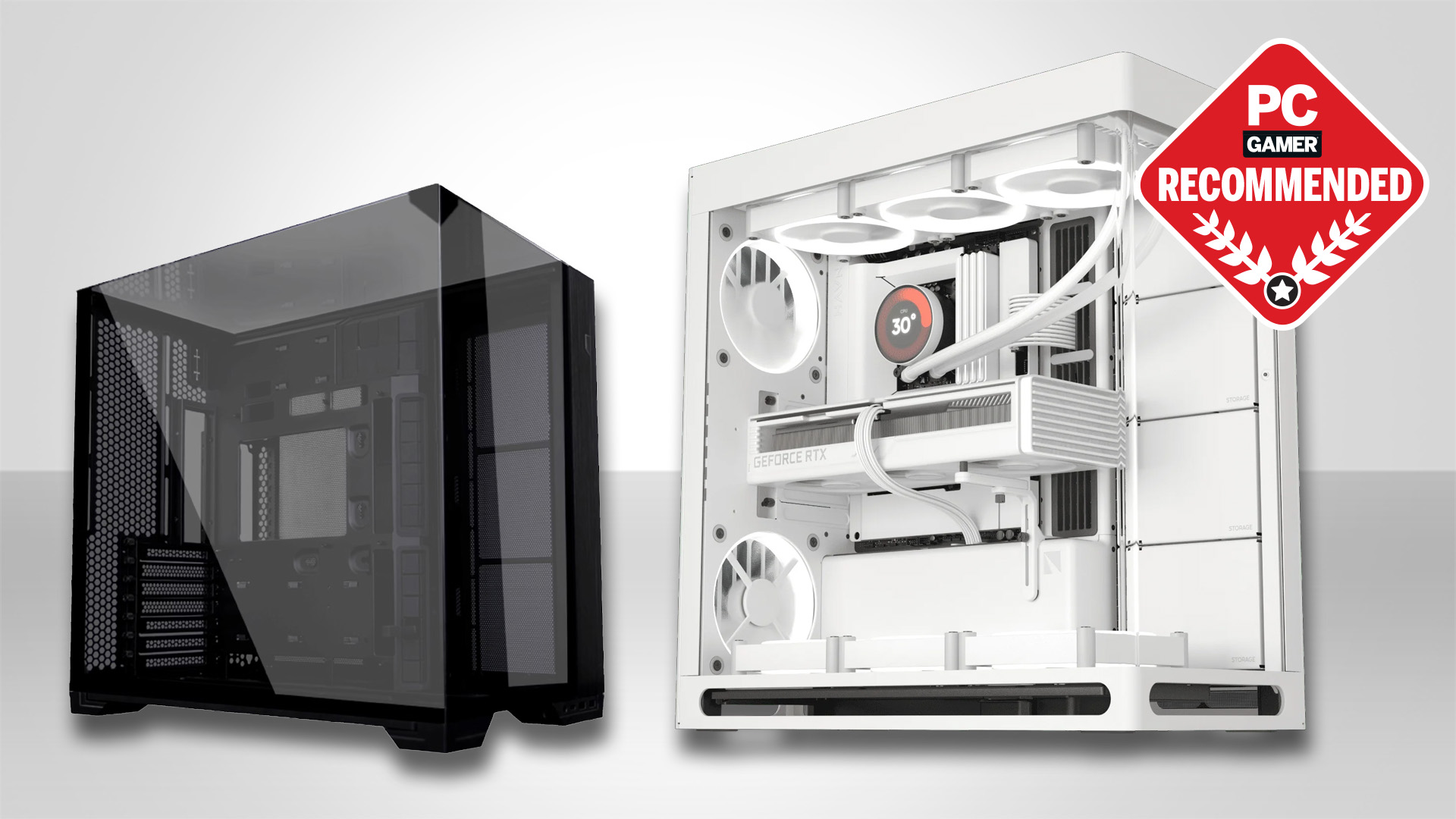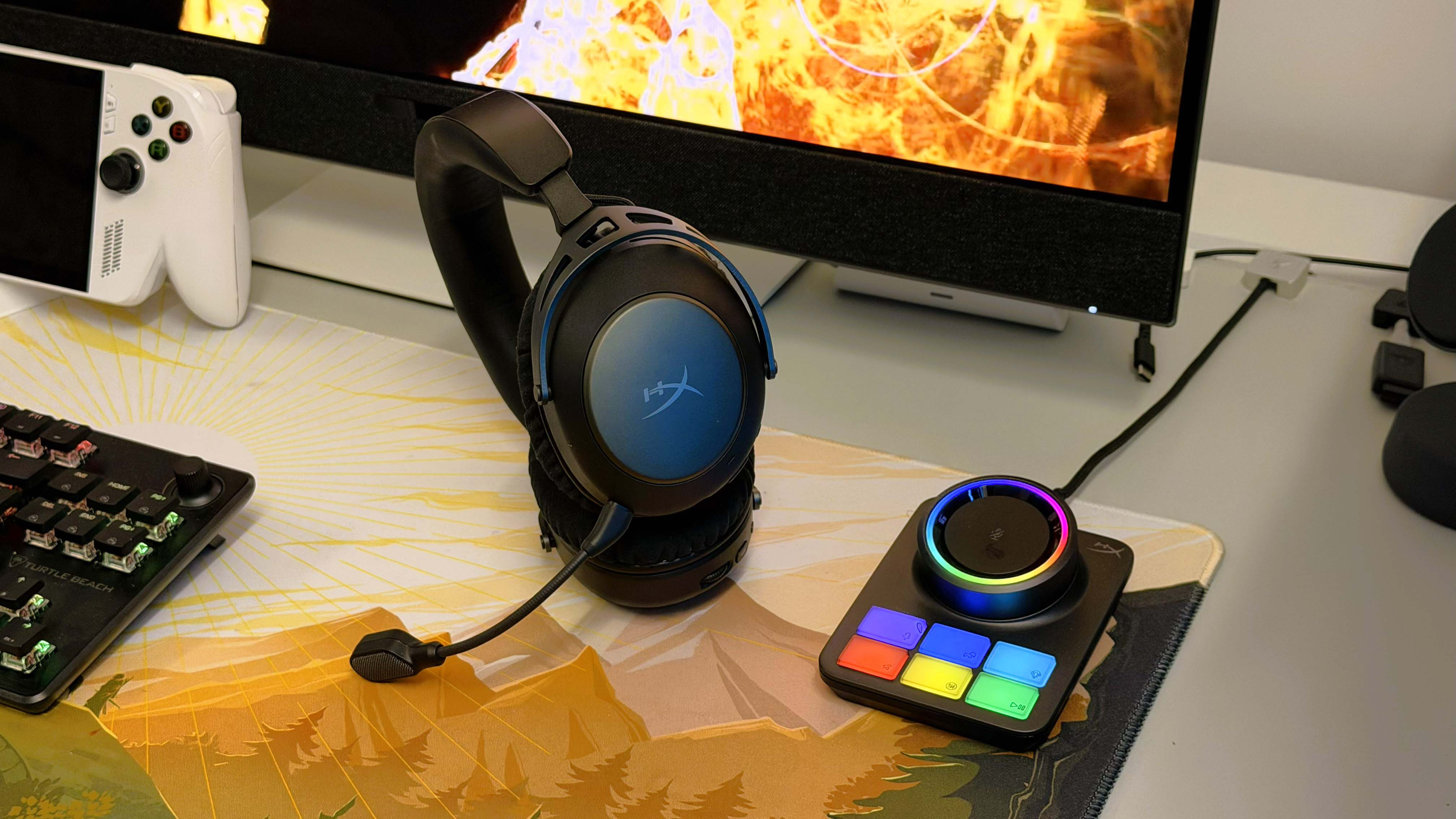OpenAI's new video generation tool Sora 2 is here, but don't worry, Sam Altman says it will avoid the 'degenerate case of AI video generation that ends up with us all being sucked into an RL-optimized slop feed'
I do not need another social app, much less one that revolves around AI-generated video.
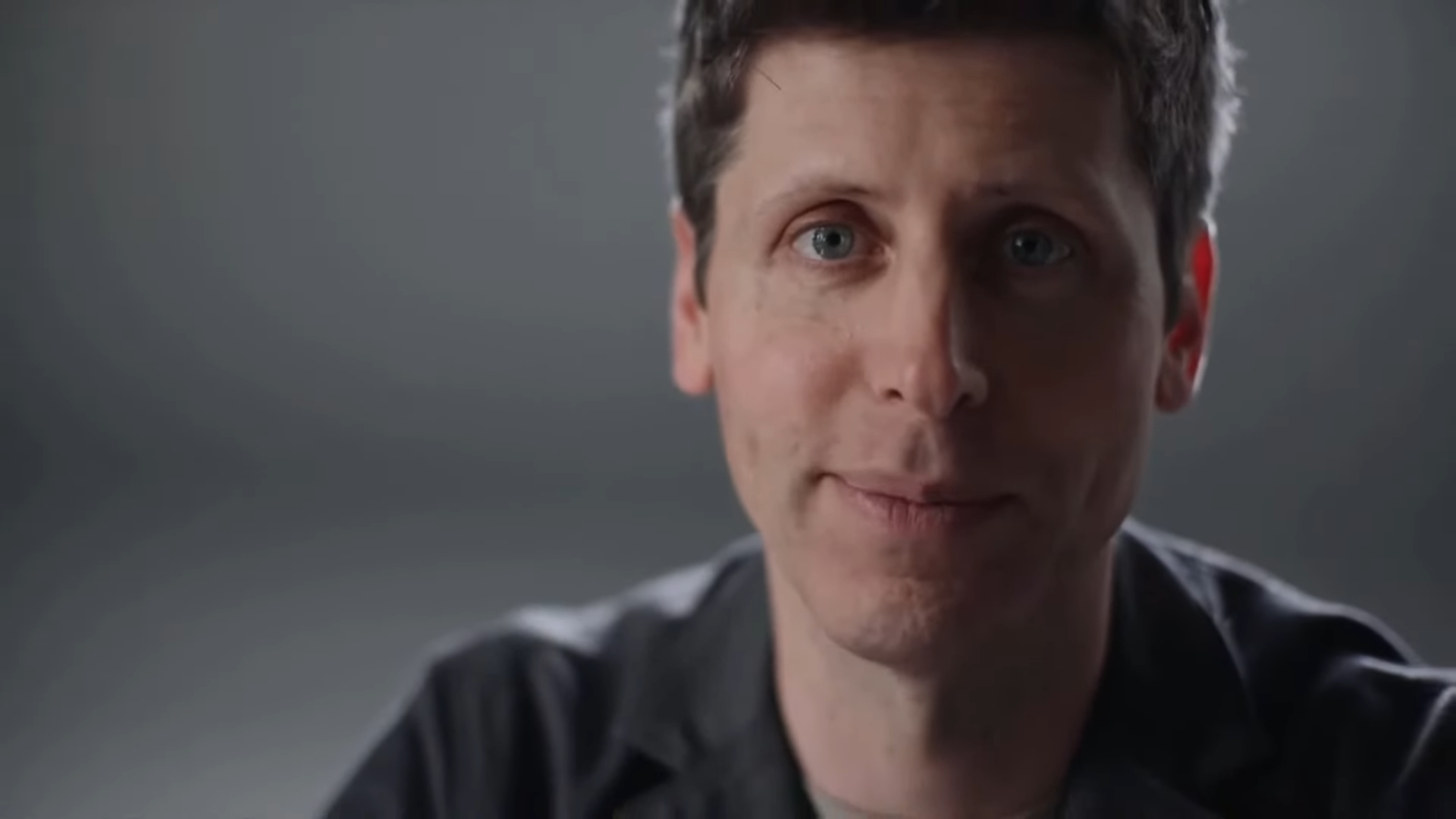
Sora 2, the latest model of OpenAI's text-to-video tech, has now launched alongside a dedicated app. Besides spitting out all of the soulless, AI-generated Studio Ghibli-style animation one could ever want, Sora 2 can now generate live action clips with both sound and a frankly scary level of visual accuracy.
Granted, not all of the clips OpenAI shares in its announcement are flawless, with its AI-generated snippet of a practicing martial artist featuring a warping bo staff and smooshed phalanges. Still, OpenAI is keen to highlight Sora 2's gains in depicting consistent body mechanics that adhere to the rules of the physical world; the twirling body horror of earlier models generated gymnastics clips may be a thing of the past.
The company also touts Sora 2's ability to "directly inject elements of the real world" into its AI-generated clips. It elaborates, "For example, by observing a video of one of our teammates, the model can insert them into any Sora-generated environment with an accurate portrayal of appearance and voice. This capability is very general, and works for any human, animal or object." If you're so inclined to descend into the realm of deepfakes, the Sora app, powered by Sora 2, is available on the iOS store now.
OpenAI touts the app as not just a video generator but also a social environment.
"You can create, remix each other’s generations, discover new videos in a customizable Sora feed, and bring yourself or your friends in via cameos," the company writes. "With cameos, you can drop yourself straight into any Sora scene with remarkable fidelity after a short one-time video-and-audio recording in the app to verify your identity and capture your likeness."
Sora 2 is here. pic.twitter.com/hy95wDM5nBSeptember 30, 2025
One can see the whimsical appeal of sharing AI-generated clips of yourself riding ostriches and pulling off extremely dangerous stunts, but I also can't ignore the risk posed by deepfakes. For one thing, US president Donald Trump shared an expletive-laden deepfake video on Truth Social literally the day before Sora 2's launch (via Ars Technica).
The sombrero superimposed over representative Hakeem Jeffries is hopefully a telltale sign for most viewers that the remarks senator Chuck Schumer is depicted as saying in this clip (which was not created using Sora 2) are wholly fabricated. However, given that a Microsoft study suggests folks struggle to accurately identify AI-generated still images 62% of the time, it's hard not to be concerned about deepfakes' capacity for disinformation.
Keep up to date with the most important stories and the best deals, as picked by the PC Gamer team.
Videos generated with Sora 2 don't even feature a tiny AI watermark, like those introduced in Gemini's 'Nano Banana' image-editing update. OpenAI say they are 'launching responsibly,' with in-app features designed to "maximize creation, not consumption," and address "concerns about doomscrolling, addiction, isolation, and RL-sloptimized feeds." But comments made by company CEO Sam Altman on his own blog read contrapuntal even to this stated feed philosophy.
"It is easy to imagine the degenerate case of AI video generation that ends up with us all being sucked into an RL-optimized slop feed," Altman first admits.
As such, he shares that the app has various "mitigations to prevent someone from misusing someone’s likeness in deepfakes, safeguards for disturbing or illegal content, periodic checks on how Sora is impacting users’ mood and wellbeing, and more."
Altman even goes as far as to say that, if OpenAI cannot sufficiently address aspects of the app that lead to negative social outcomes, then the company would discontinue the service.
But Altman also caps off a longer passage regarding how the Sora feed aims to show content that users are interested in by writing, "And if you truly just want to doom scroll and be angry, then ok, we’ll help you with that." To me, this reads not only as a shrugging off of responsibility, but also fairly nihilistic; for all OpenAI's talk about the Sora app's safety features, what can be done if its users still choose to gaze into the abyss?
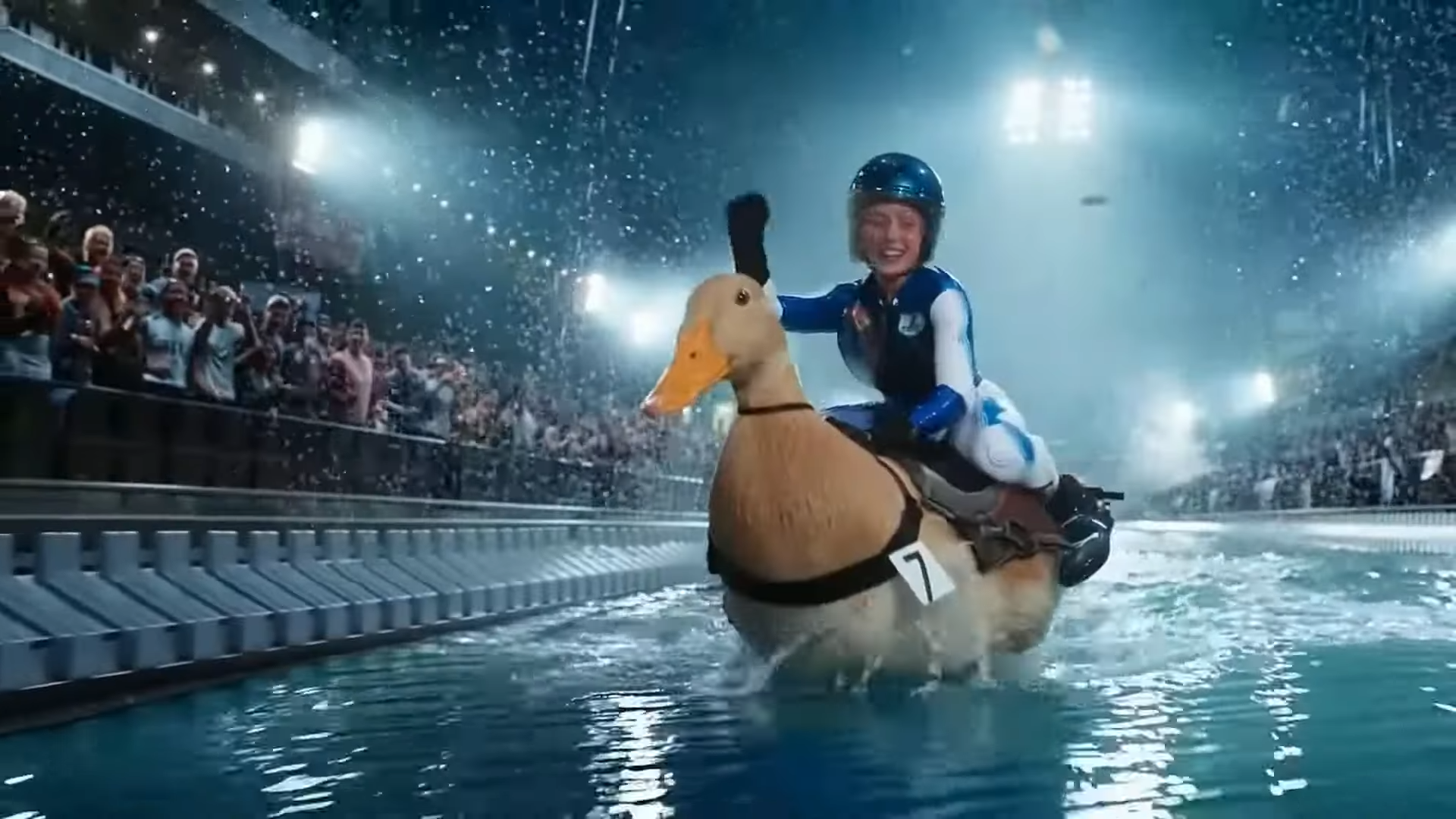
I'd be remiss if I didn't also reference the existentialism and labour concerns the launch of the Sora 2 model will no doubt inspire in my freelance creative friends. Altman writes on his blog, "Creativity could be about to go through a Cambrian explosion, and along with it, the quality of art and entertainment can drastically increase." And I would like to suggest that he may be right, just not how he thinks.
While Altman wants OpenAI's app to be at the forefront of a tidal wave of creativity, my personal hope is that audiences get sick of realistic, computer generated imagery as a result of Sora 2's proliferation. My blue sky thinking—however naive it may be—is the hope that, in response to audiences seeking out visual art that could only ever be made by humans, practical effects and puppets make a comeback in a big way.
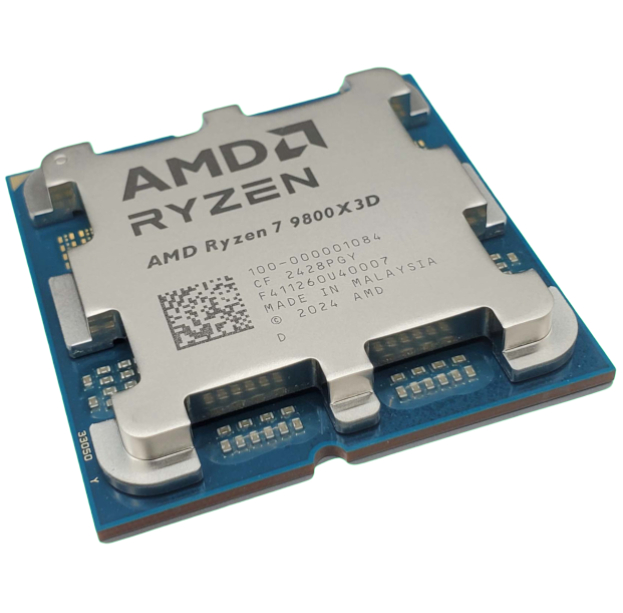
1. Best CPU: AMD Ryzen 7 9800X3D
2. Best motherboard: MSI MAG X870 Tomahawk WiFi
3. Best RAM: G.Skill Trident Z5 RGB 32 GB DDR5-7200
4. Best SSD: WD_Black SN7100
5. Best graphics card: AMD Radeon RX 9070
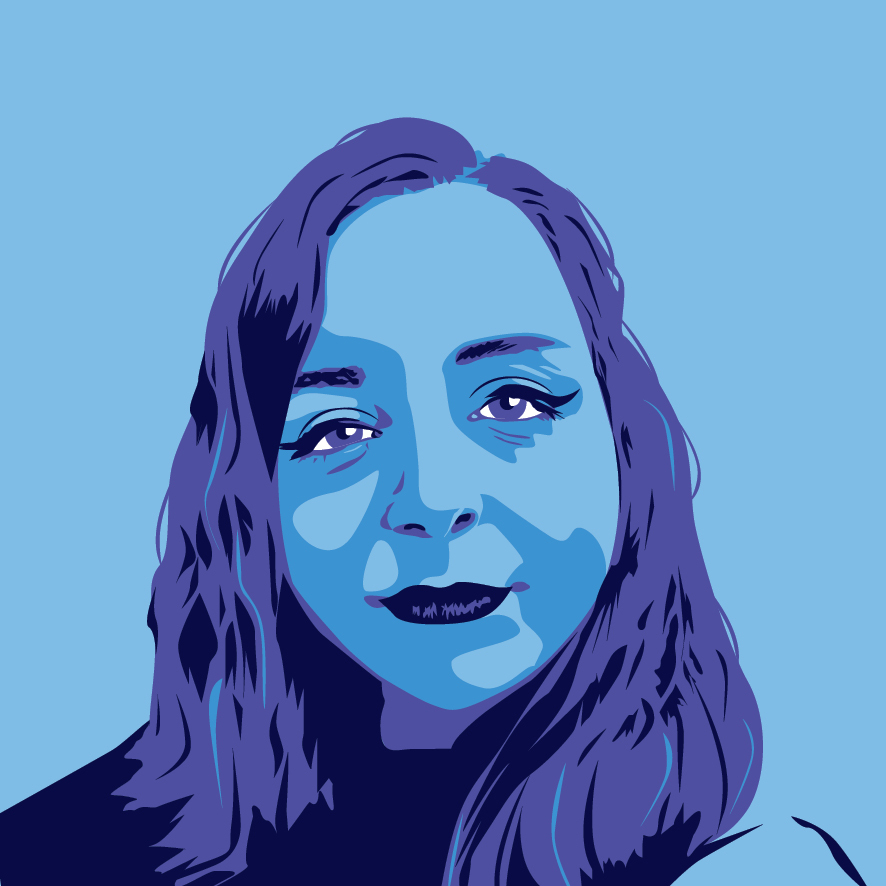
Jess has been writing about games for over ten years, spending the last seven working on print publications PLAY and Official PlayStation Magazine. When she’s not writing about all things hardware here, she’s getting cosy with a horror classic, ranting about a cult hit to a captive audience, or tinkering with some tabletop nonsense.
You must confirm your public display name before commenting
Please logout and then login again, you will then be prompted to enter your display name.

